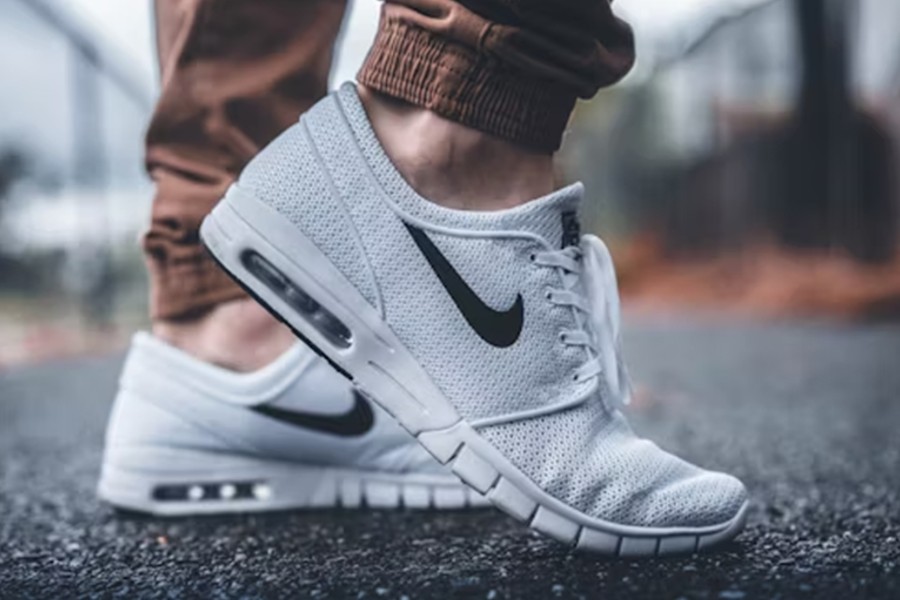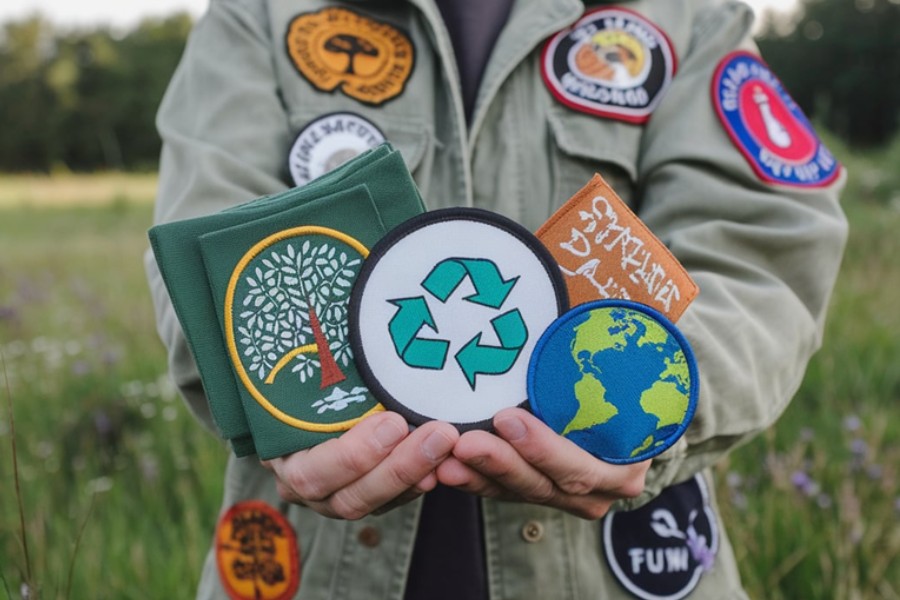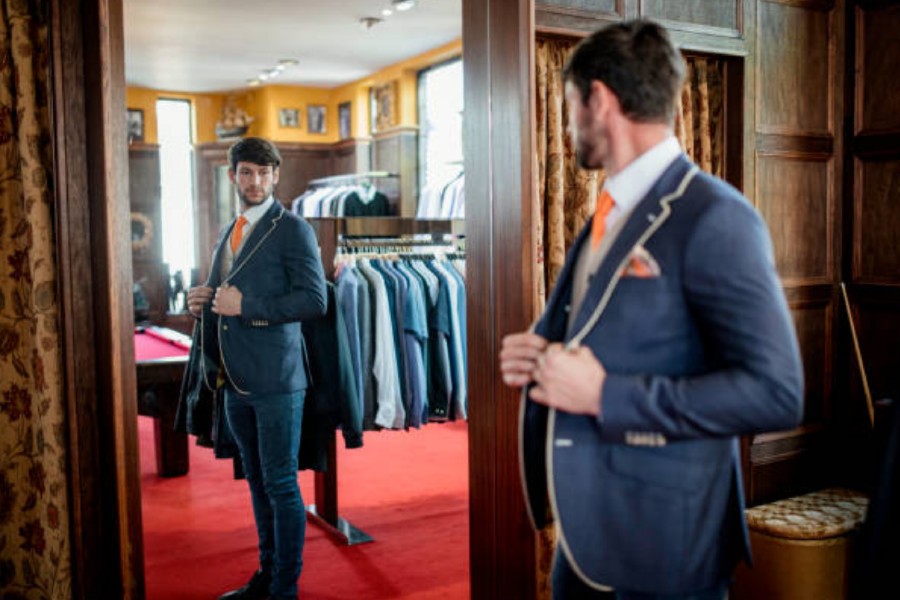
Despite its importance, foot fitness is frequently disregarded when discussing general health.
Every part of our bodies relies on our feet; they cushion our steps, keep us steady, and allow us to move freely.
Whether you’re trying to avoid foot problems in the first place or are just getting back on your feet after an injury, some exercises can help. In 2024, there will be an even greater focus on foot fitness, with activities that do double duty, such as strengthening the feet and promoting general health.
The Value of Regular Foot Exercises
For optimal foot health and to avoid problems like plantar fasciitis, it is essential to do foot exercises regularly. When exercising, it is essential to warm up and cool down, particularly after strenuous activities like jogging or walking. After you’ve worked your feet out, give yourself a relaxing foot massage. Your feet will be happy and healthy after this since it relaxes your muscles and increases blood flow to your feet.
For a strong and healthy foot in 2024, these are the top preventative and rehabilitation activities.
1. Spreading and curling toes
Curling and expanding one’s toes is a basic foot workout. The muscles that support your toes and arches can be strengthened and stretched with this workout. Several foot issues, such as hammertoes, bunions, and plantar fasciitis, can originate from toes that are either too weak or too rigid. Curling and spreading your toes can help avoid these problems and speed up the healing process after a foot injury.
Before you can curl and spread your toes, find a comfortable chair and sit with your feet flat on the floor. Gently tuck your toes under your arch as if attempting to grasp a tiny thing from the floor. Once you’ve held it for a few seconds, let go and stretch your toes wide. Ten to fifteen times per foot, repeat this motion.
This exercise can help keep your foot muscles flexible and strong, which can help reduce the risk of common foot illnesses. Experts like ModPod Podiatry advocate doing it regularly. Furthermore, this workout doesn’t call for particular tools or locations, so it’s a great choice for everybody.
2. A Complete Flexibility System with an Ankle Pump
One exercise that works the ankles well in both the up and down directions is the ankle pump. Get your foot off the ground and bend your toes in a shin or groundward flex. A full range of motion is used by the feet and ankles in this activity, which works the muscles effectively. A well-rounded foot exercise program will incorporate both upward and downward actions.
3. Stretching for Rest and Repair

To help your muscles rest and heal after exercise, stretching your feet is a must. Position yourself at a 45-degree angle to a wall and sit or stand with your feet elevated off the floor. Try this full-body stretch to help your feet and ankles recuperate after exercise.
4. Toe Raises with Assistance
When you drop your foot, the hardest movement to do is a toe rise. No need to worry if this movement is challenging for you. Lucky for you, this is yet another low-involvement activity that can stimulate neuroplasticity and facilitate brain rewiring.
To begin, stack your unaffected foot on top of the hurting one. Step two: Raise the affected foot off the ground. If you want to assist and stimulate your brain, try moving slowly and deliberately. There are two ways to do this: passively, with your foot relaxed, or actively, with the other foot helping you try to dorsiflex.
Do this exercise ten times or more by raising and lowering your foot.
5. Toe Raise “Negatives”
The eccentric component of a movement is highlighted in a “negative” exercise. Eccentricity refers to the portion of the Toe Raise exercise where you lower your foot back down.
Focus solely on the eccentric component of the action while performing this exercise.
To begin, bend your foot at the knee (toes touching the shin), like in the Toe Raise exercise. However, this time, attempt to do it as gently as possible instead of lowering your foot swiftly.
This is a more complex maneuver since it calls for deft footwork. Do this ten times, and then go on to the next foot drop exercise.
- Giddy Up! GallopNYC To Expand Services To Equestrian Facility In Staten Island
- McQuillan’s World: A Phoenix Will Arise From Ashes
- The Intricacies Of SEO Success: Insights And Strategies For Better Web Presence
- Sponsored Love: Experience Cozy Luxury And Culinary Delights At Watson Lake Inn Bed And Breakfast In Prescott, Arizona
- Google Analytics Secrets – Unearthing Lesser-Known Features For Advanced Insights
6. A tennis ball in motion
Ankle and plantar fasciitis sufferers often find relief by rolling their feet on a hard surface. Relax on a chair with a straight back and place both feet flat on the floor. On the floor next to your feet, put a tennis ball.
Position your foot atop the tennis ball and gently roll it around, rubbing the sole of your foot. Adjust the pressure to your liking. Give each foot a two-minute roll. If you are short on tennis balls, you may always use a frozen water bottle.
7. Achilles tendon
The Achilles tendon refers to the tendon that goes from the heel to the calf muscles. Pain in the feet, ankles, and legs can be avoided by maintaining flexibility. Position yourself before a wall, palms facing outward, and arms extended. Straighten your knee on one leg and put it behind you while you bend the knee on the other.
Make sure your feet are flat on the ground by adjusting your posture. To target the Achilles tendon and calf muscles, bend forward at the hips. To feel the pull, you may need to adjust your stance but keep your heels on the floor.
By bending your back knee and bringing your hips forward, you can experience the stretch in a different area. Take 30 seconds to hold each stretch, and then do it three times. Repeat by switching legs.
In the end!

Preventing injuries and promoting overall health requires maintaining foot fitness. Incorporate calf raises, ankle circles, toe curls and spreads, marble pickup, and towel scrunches into your program to build foot stability, flexibility, and muscle strength.
These exercises lay the groundwork for healthy, pain-free feet in 2024, whether you aim to avoid foot problems altogether or recover from an injury. To ensure these exercises suit your needs and get specialized advice on foot care, it’s a good idea to talk to a healthcare provider or podiatrist, such as those at ModPod Podiatry.
Become a Harlem Insider!
By submitting this form, you are consenting to receive marketing emails from: . You can revoke your consent to receive emails at any time by using the SafeUnsubscribe® link, found at the bottom of every email. Emails are serviced by Constant Contact








